Membrane Transporter/Ion Channel
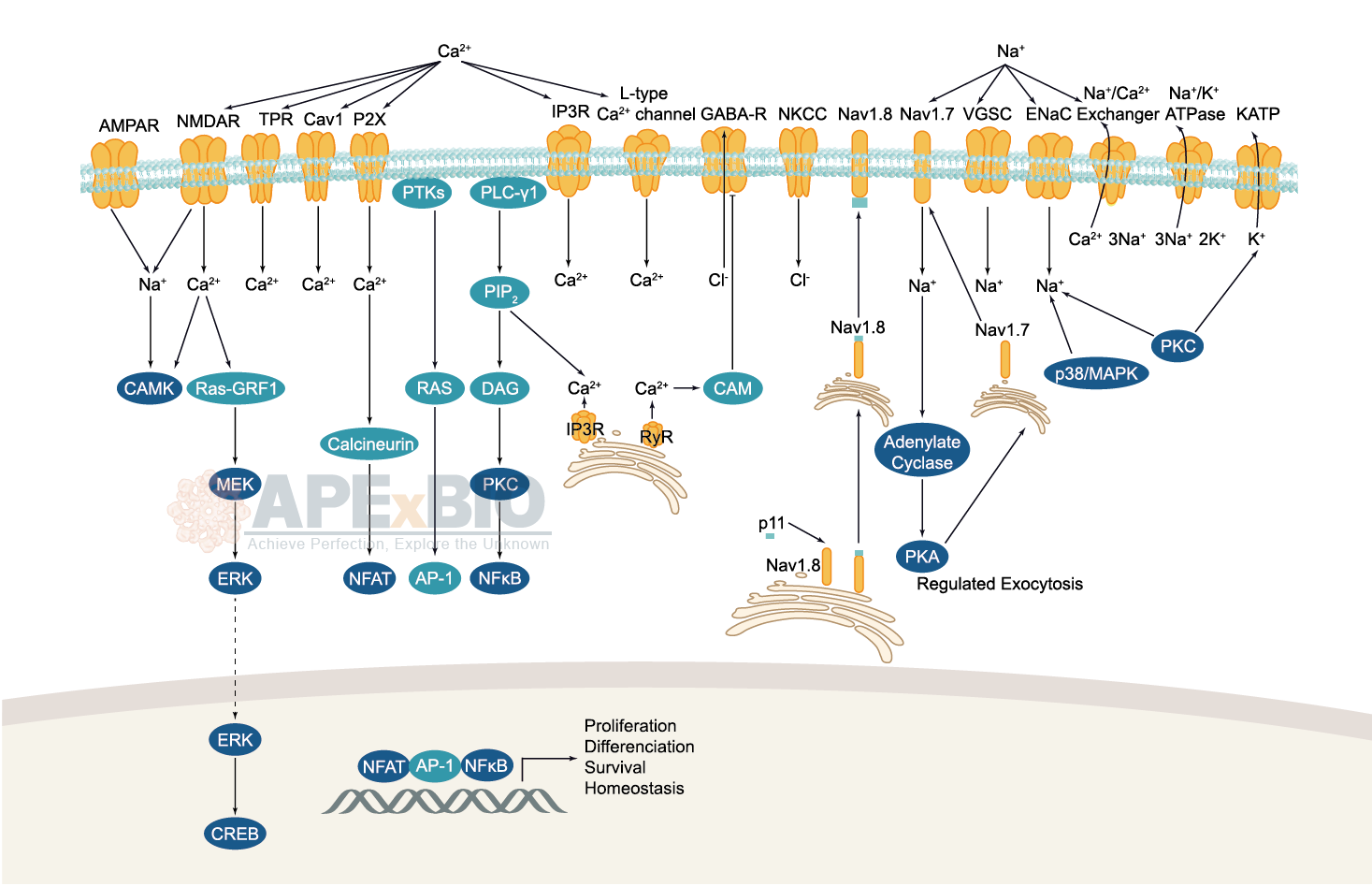
Ion channels are pore-forming membrane proteins which allow the flow of ions across the membrane. The ion channels can be broadly grouped into six families including calcium channels, chloride channels, potassium channels, sodium channels, gap junction proteins and porins. Not all ion channels are gated, such as certain type of K+ and Cl– channels, transient receptor potential superfamily of cation channels, the ryanodine receptors and the IP3 receptors, but most Na+, K+, Ca2+ and some Cl– channels are all gated by voltage. Ligand-gated channels are regulated in response to ligand binding (e.g. neurotransmitters signaling). These ligand-gated neurotransmitter receptors are known as ionotropic receptors. Various neurotransmitters couple to ionotropic receptors such as glutamate, acetylcholine, glycine, GABA, and serotonin.
-
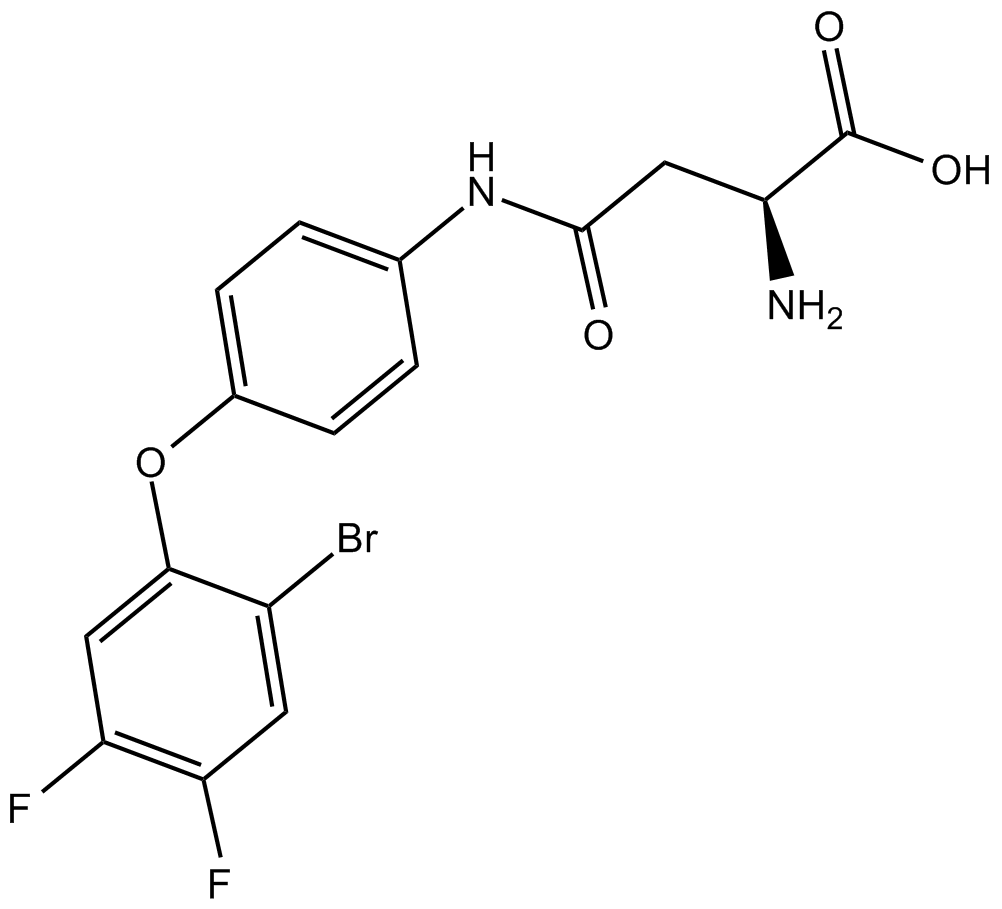 B7139 WAY 213613Summary: EAAT2 (GLT-1) inhibitor
B7139 WAY 213613Summary: EAAT2 (GLT-1) inhibitor -
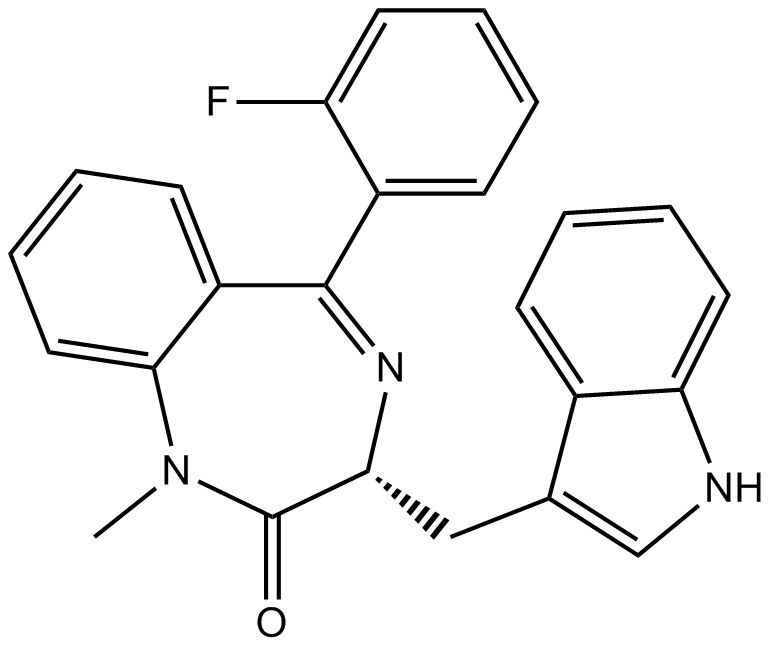 B7142 L-364,373Summary: KV7.1 (KCNQ1) channel activator
B7142 L-364,373Summary: KV7.1 (KCNQ1) channel activator -
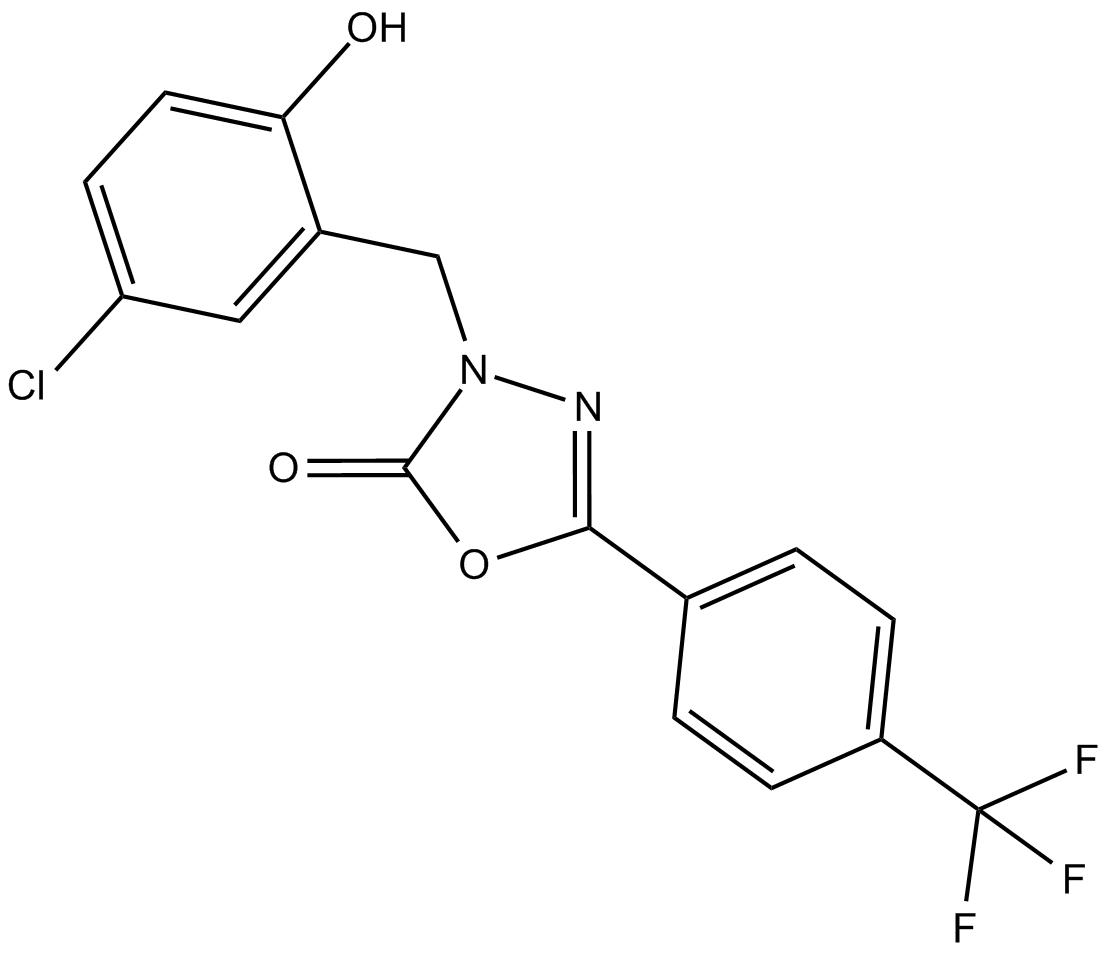 B7146 BMS 191011Summary: BKCa channel opener
B7146 BMS 191011Summary: BKCa channel opener -
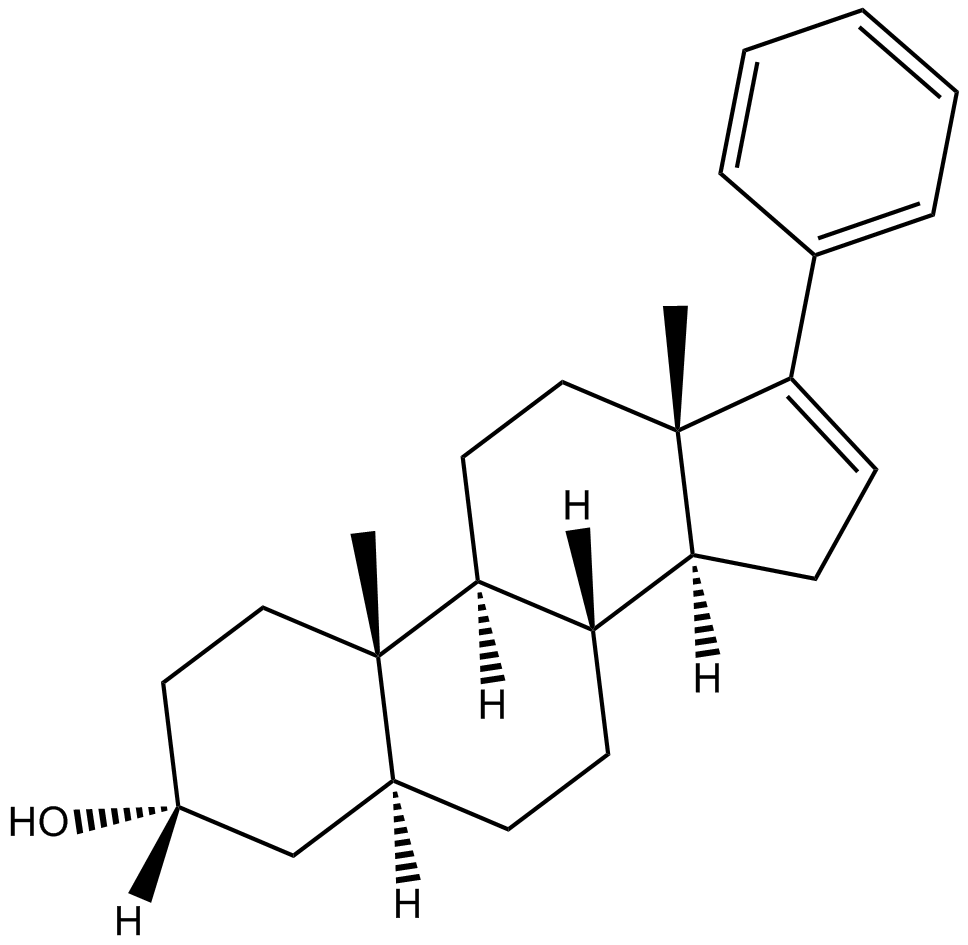 B7151 17-PASummary: GABAA receptor antagonist
B7151 17-PASummary: GABAA receptor antagonist -
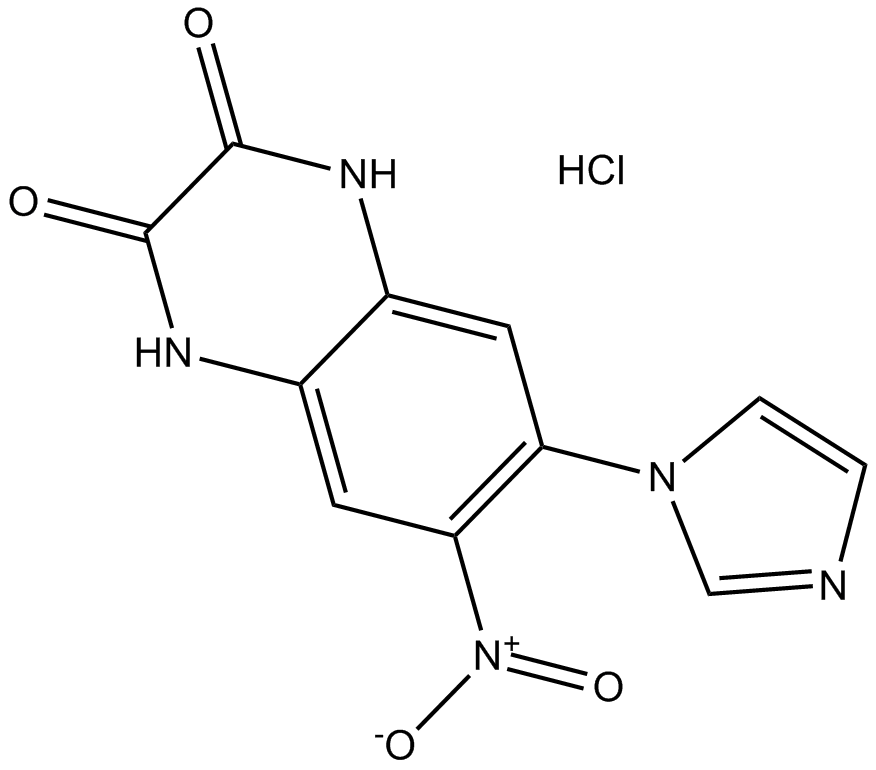 B7154 YM 90K hydrochlorideSummary: AMPA receptor antagonist
B7154 YM 90K hydrochlorideSummary: AMPA receptor antagonist -
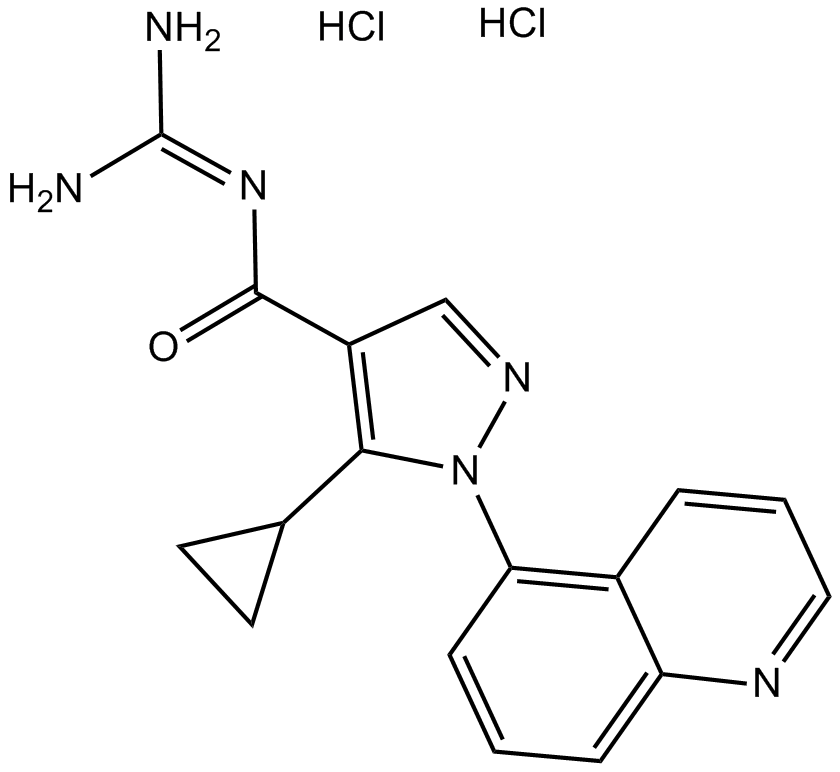 B7160 Zoniporide dihydrochlorideSummary: Sodium-hydrogen exchanger isoform 1 (NHE1) inhibitor
B7160 Zoniporide dihydrochlorideSummary: Sodium-hydrogen exchanger isoform 1 (NHE1) inhibitor -
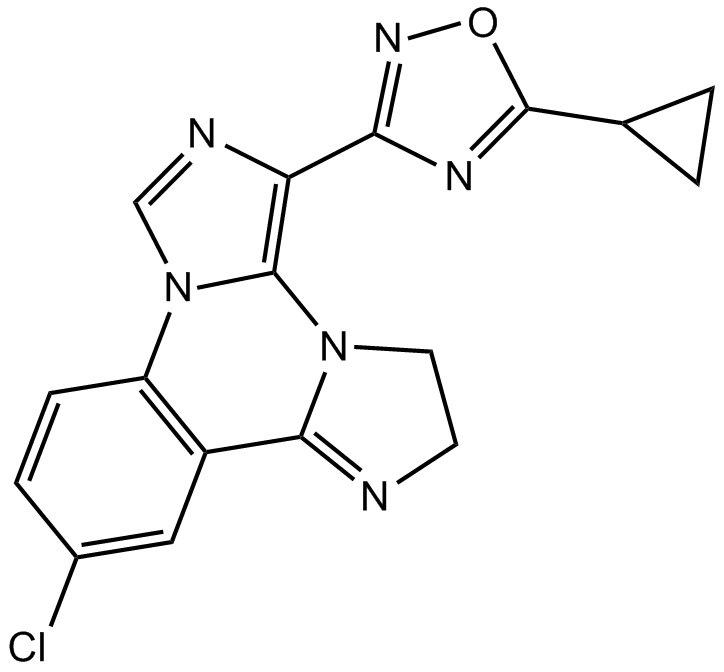 B7164 U 90042Summary: GABAA receptor ligand
B7164 U 90042Summary: GABAA receptor ligand -
 B7165 U 89843ASummary: Positive allosteric modulator of GABAA receptors
B7165 U 89843ASummary: Positive allosteric modulator of GABAA receptors -
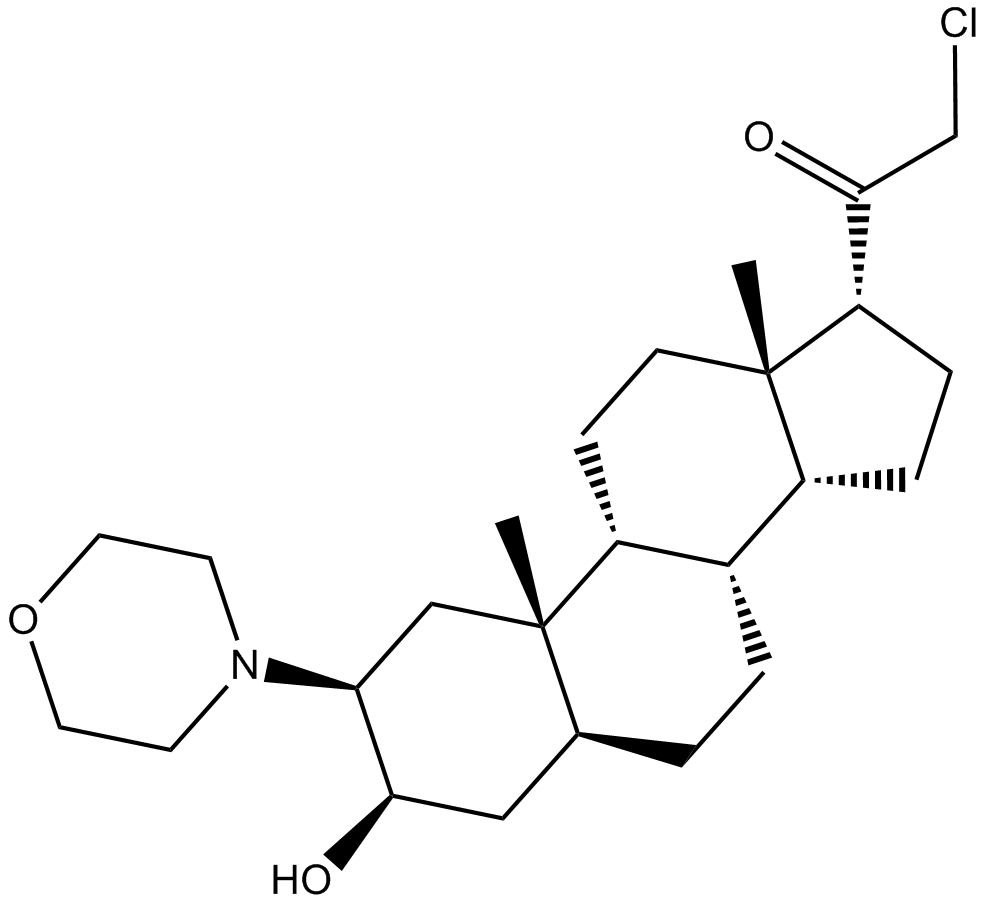 B7169 Org 20599Summary: GABAA receptor agonist
B7169 Org 20599Summary: GABAA receptor agonist -
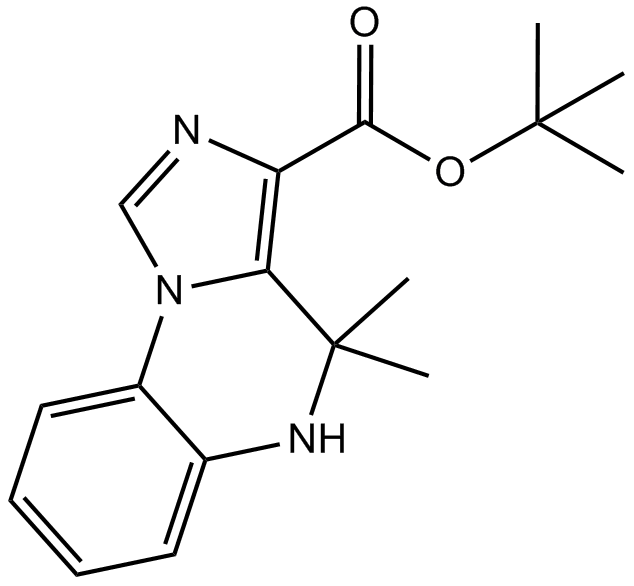 B7170 U 93631Summary: GABAA receptor antagonist
B7170 U 93631Summary: GABAA receptor antagonist

